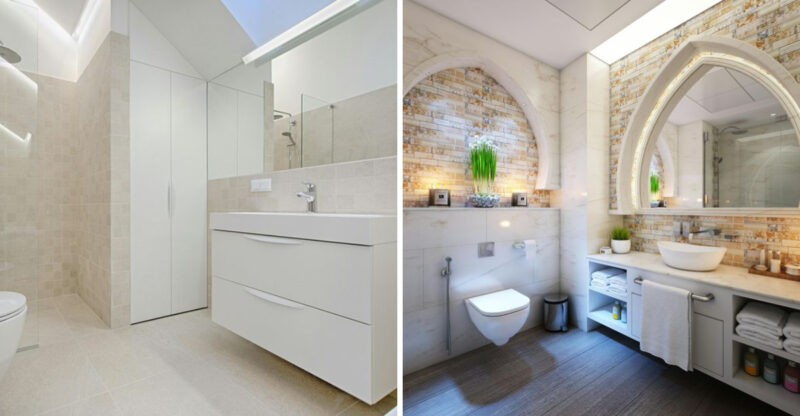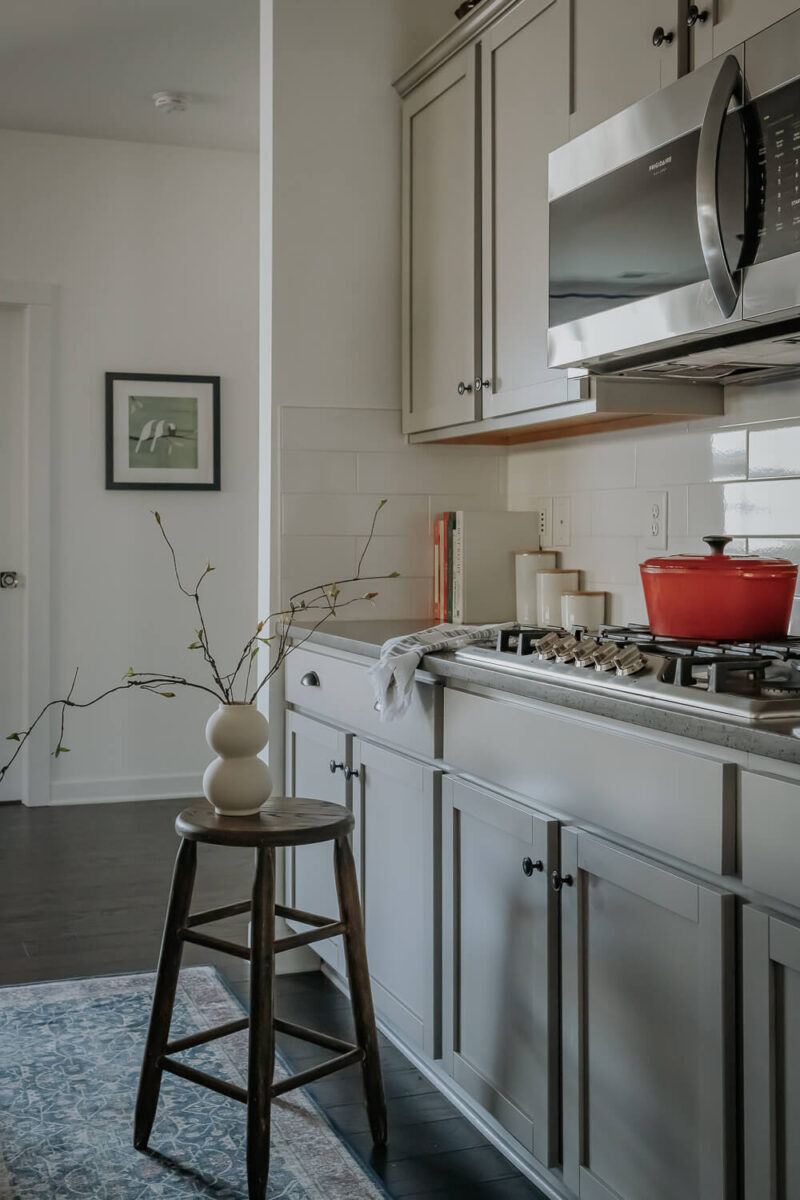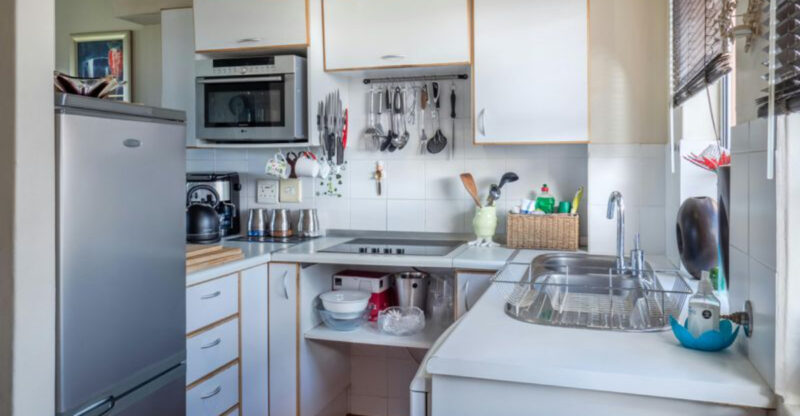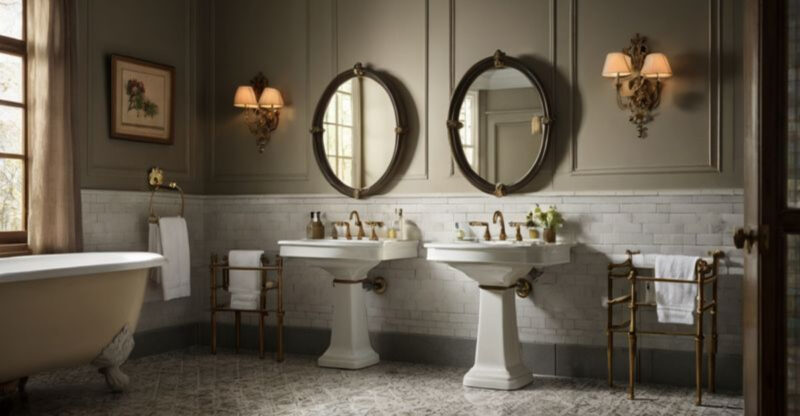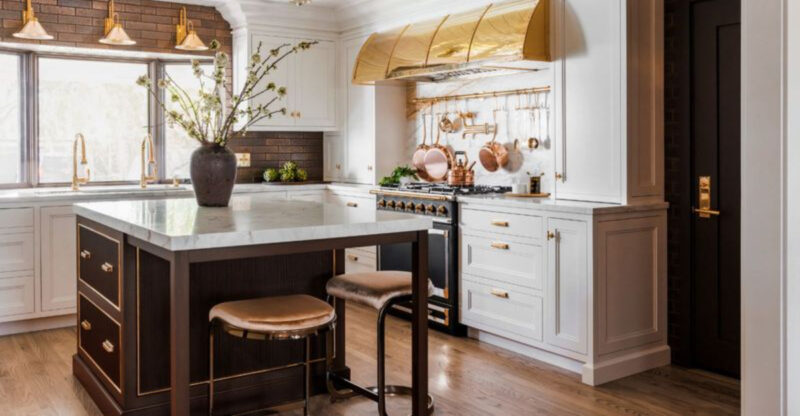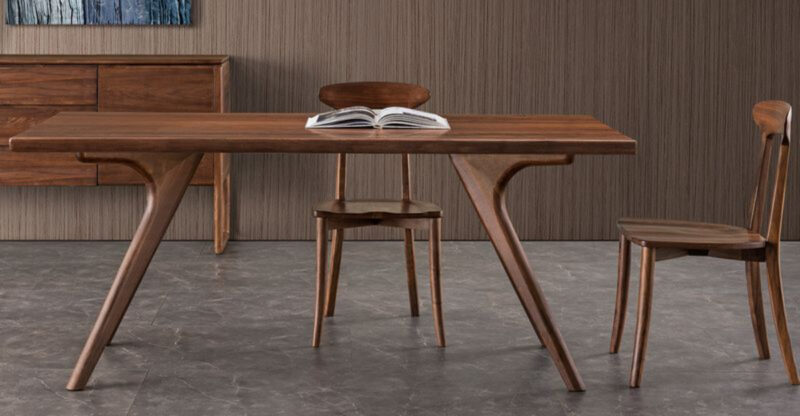Home Decor Trends That Could Be Hits Or Misses By Decade
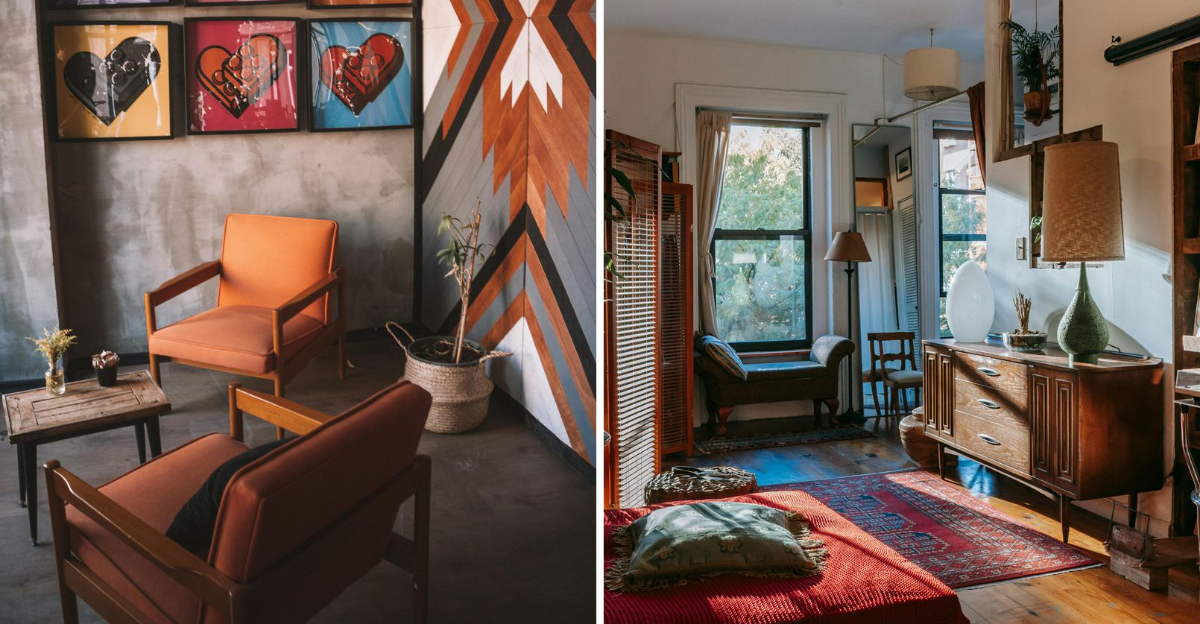
Home decor styles change quickly, turning once-trendy spaces into outdated ones almost overnight. What’s stylish today might become tomorrow’s design misstep, or it might endure as a timeless classic.
Looking back over the decades offers a fascinating view of how interior design preferences have evolved from the bold statements of the 70s to today’s sleek, tech-integrated homes.
Keep in mind that style is subjective, so what feels dated to some may still work beautifully in your own space.
1. Bold Geometric Wallpaper
The 1970s brought us wallpaper that practically shouted from the walls with its bold geometric patterns in eye-popping oranges, browns, and golds. Families proudly displayed these dizzying designs in living rooms and kitchens across America.
Fast forward to the 2010s, and geometric wallpaper made a sophisticated comeback with updated colors and more subtle patterns. Modern versions use metallics, pastels, or monochromatic schemes instead of those psychedelic color combinations.
Whether this trend hits or misses depends entirely on execution. Small doses as accent walls can add personality and visual interest, while covering every surface might overwhelm a space and quickly date your home when trends shift again.
2. Metallic Accents
Shimmering metals have cycled through our homes for generations, with each decade claiming its signature shine. The 1980s celebrated brass everything doorknobs, light fixtures, and those ubiquitous glass-and-brass coffee tables that seemed mandatory in every living room.
Silver chrome dominated the 1990s with its cool, sleek appearance, while the early 2000s saw copper warming up kitchens and living spaces. Today’s approach mixes metals thoughtfully rather than committing to just one finish throughout the home.
This trend continues to reinvent itself successfully because metals add dimension and reflect light. The key to making metallics work is moderation when used as accents rather than overwhelming statements, they remain timeless elements in home design.
3. Open Shelving
Kitchen cabinets disappeared in favor of exposed shelving during the 2010s, with influencers showcasing perfectly arranged dishes and matching storage containers. This trend promised a more spacious feel while displaying your curated collections of ceramics and glassware.
Reality quickly revealed the downside: dust collection, the pressure to maintain picture-perfect organization, and the visual clutter that accumulates in even the most disciplined households. Those beautiful Instagram kitchens rarely showed the constant maintenance required.
While open shelving works beautifully in showrooms and photo shoots, many homeowners have retreated to closed storage for practicality. The compromise that’s emerging? A mix of both some display-worthy open shelving combined with practical closed cabinets for the items that don’t need to be on constant display.
4. Minimalist Furniture
Less became more in the early 2000s as minimalist furniture stripped away ornate details in favor of clean lines and simple forms. IKEA led the charge with affordable Scandinavian-inspired pieces that emphasized function over decoration, making this aesthetic accessible to the masses.
Homes embraced the breathing room that came with fewer possessions and simpler furniture shapes. The trend gained momentum alongside tiny house movements and Marie Kondo-style decluttering, reflecting shifting values toward sustainability and intentional living.
Though minimalism remains influential, we’re seeing a gradual softening of its strictest principles. Today’s interpretation often incorporates warmer materials, curved edges, and thoughtful decorative elements proving that even minimalism evolves rather than remaining static. The essence of this trend may endure while its expression continues to adapt.
5. Velvet Upholstery
Velvet has rollercoastered through decor popularity more dramatically than almost any other fabric. The 1970s embraced heavy velvet in rich jewel tones, creating formal, sometimes stuffy living spaces that felt luxurious but high-maintenance.
After falling completely out of favor during the 1990s minimalist era, velvet made a striking comeback in the late 2010s. Modern velvet appears on streamlined furniture in unexpected colors like blush pink, emerald green, and deep navy, offering texture without the fussiness of its previous incarnation.
What makes today’s velvet more likely to endure is its improved practicality newer velvet fabrics resist crushing and staining better than their predecessors. This blend of luxury and livability suggests velvet might stick around longer this time, particularly when used as statement pieces rather than entire furniture sets.
6. Statement Rugs
If you wanted to make a bold statement in the 1960s, you laid down a wildly patterned shag rug in orange or avocado green. These thick, plush floor coverings defined spaces and absorbed sound, but collected dust and became cleaning nightmares.
The 1990s rejected this exuberance, preferring neutral wall-to-wall carpeting or hardwood floors with minimal coverage. Today’s statement rugs strike a balance bold patterns and colors return, but on flatweave or low-pile constructions that offer practicality alongside visual impact.
Modern statement rugs serve as artwork for the floor, often becoming the starting point around which other design elements revolve. This trend works because it allows personality to shine through without permanent commitment unlike wallpaper or paint, a rug can be changed seasonally or as tastes evolve.
7. Mid-Century Modern Revival
Mid-century modern furniture originally dominated homes from 1945 to 1969, with its organic shapes, clean lines, and mixed materials. Designers like Eames, Saarinen, and Noguchi created pieces that would later become iconic collectibles worth thousands.
Remarkably, this style made a massive comeback in the early 2000s that continues today. TV shows like Mad Men reignited interest, while retailers from West Elm to Target created affordable reproductions that brought the look to mainstream audiences.
Unlike many trends that burn bright and fade quickly, mid-century modern has demonstrated unusual staying power in its revival. Its endurance likely stems from its inherent functionality, comfortable proportions, and versatility that works in various settings. When a style returns this successfully decades later, it suggests there’s something timeless in its design principles.
8. Oversized Art Pieces
Walk into any design-forward home during the 2010s and you’d likely encounter a massive canvas dominating one wall. Oversized art emerged as a reaction to the gallery wall trend, offering singular impact instead of collected smaller pieces.
Large-scale photography, abstract paintings, and even textile art grew to proportions that demanded attention. Homeowners discovered that one significant piece could define a room’s personality more efficiently than numerous smaller works, while also creating a focal point that anchored other design elements.
This trend shows staying power because it solves practical design challenges while making a personal statement. The content may evolve from black and white photography to bold abstracts to digital art but the concept of the oversized statement piece continues to resonate with homeowners who want to express individuality without cluttering their spaces.

